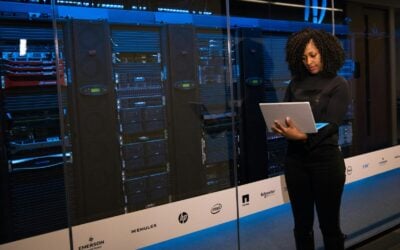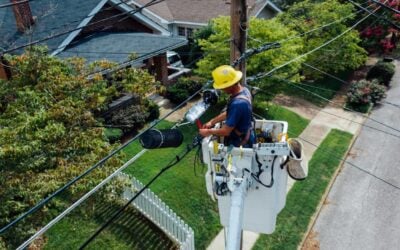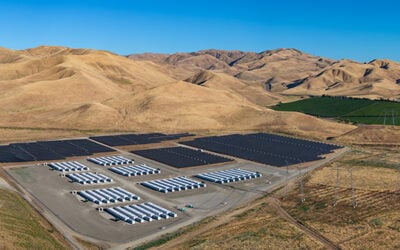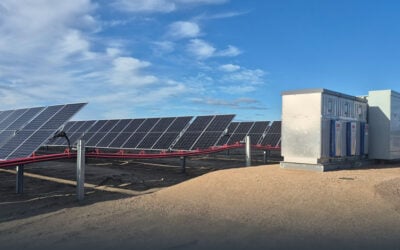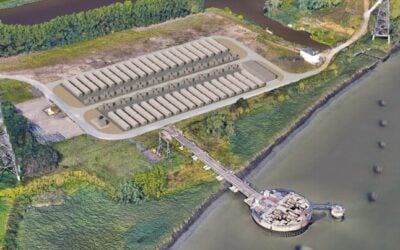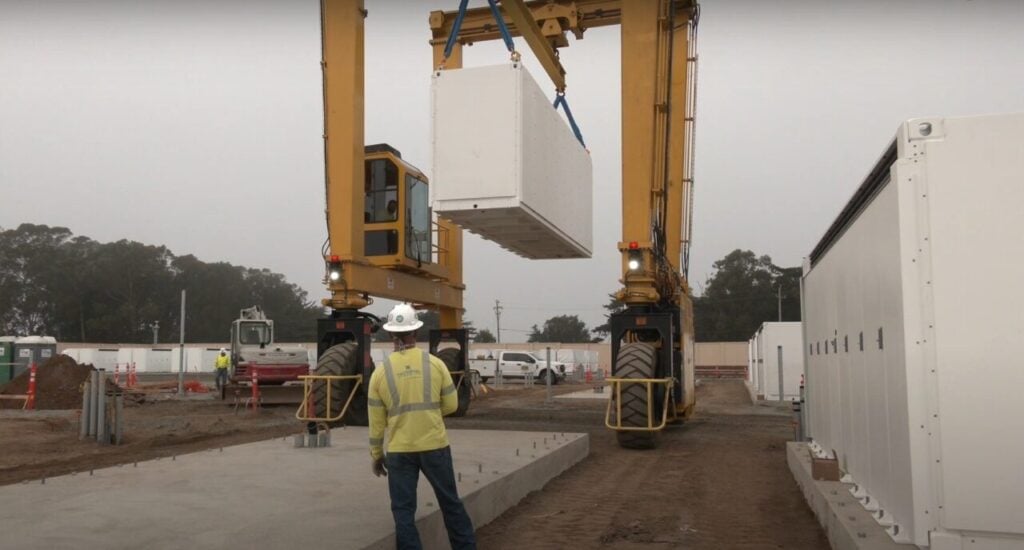
California utility Pacific Gas and Electric (PG&E) has announced its intent to return the Elkhorn battery energy storage system (BESS) to service by 1 June.
The intent was announced through a letter, obtained by Energy-Storage.news, sent by PG&E vice president of power generation Dave Gabbard and vice president of PG&E South Bay & Central Coast Teresa Alvarado, to the chair of the Monterey County Board of Supervisors.
Elkhorn was automatically shut down when the Moss Landing Energy Storage Facility, an entirely separate project located on the other side of the legacy Moss Landing gas plant site, caught fire in January.
The 182.5MW/730MWh Elkhorn project was first commissioned in April 2022. Elkhorn uses Tesla Megapacks, it is the only BESS that PG&E owns; it currently contracts all other BESS projects. This includes Moss Landing Energy Storage Facility, which a power producer, Vistra Energy, owns.
Try Premium for just $1
- Full premium access for the first month at only $1
- Converts to an annual rate after 30 days unless cancelled
- Cancel anytime during the trial period
Premium Benefits
- Expert industry analysis and interviews
- Digital access to PV Tech Power journal
- Exclusive event discounts
Or get the full Premium subscription right away
Or continue reading this article for free
In September 2022, a fire, isolated to a single battery pack, occurred at Elkhorn.
In PG&E’s letter, the company says of this incident:
“Following the event, Tesla utilised Energy Safety Response Group (ESRG) to perform a thorough assessment of the incident and determine the root cause of the fire.”
“Tesla completed its analysis of the fire and determined that the incident was caused by water ingress into the Megapack due to the improper installation of deflagration vent shield panels.”
Tesla updated the control system of the BESS to automatically remove energy from the batteries when alarms are detected.
Following the Moss Landing fire, the letter details how Tesla and PG&E have worked to address the effects on Elkhorn.
The companies inspected and cleaned the facility, removing and disposing of ash and particulate matter on the ground and structures, and vacuuming each Megapack interior.
Stormwater was collected and disposed of to avoid potential contamination from particulates from the fire.
Air and water quality were continually assessed throughout the duration of the clean-up.
PG&E inspected the facility and reviewed air quality data with the County Incident Command to determine if it was safe for personnel to return to the site.
In March, the California Public Utilities Commission (CPUC) established new standards for maintaining and operating BESS facilities after the fire at the Vistra project. The January fire caused extensive damage to the first 300MW/1,200MWh phase of the 750MW/3,000MWh plant, the biggest of its kind in the world when it was completed. Vistra has since written down the value of the Moss Landing Energy Storage Facility by US$400 million.
These new standards include developing emergency response and emergency action plans as well as establishing technical logbook standards.
In the letter to the chair of the Monterey County Board of Supervisors, PG&E says it has worked with local agencies to ‘address any concerns’ about preparedness in the event of an incident at Elkhorn.
These steps include publishing an Emergency Action Plan and Pre-Fire Plan as well as outreach through attending Board of Supervisors meetings, providing copies of the plans and requesting feedback from county staff, holding site visits and meeting with both Monterey County and North County Fire Protection Division officials.
The letter further states:
“The Elkhorn Facility, as constructed, allows for efficient storage and use of power. As summer approaches, that power is necessary to effectively manage the demands of the California power grid and to protect PG&E’s customers from power limitations and related impacts.”
“Accordingly, PG&E believes it has the responsibility to return the Elkhorn Facility to service by 1 June to meet summer reliability needs and that it is safe to do so.”

